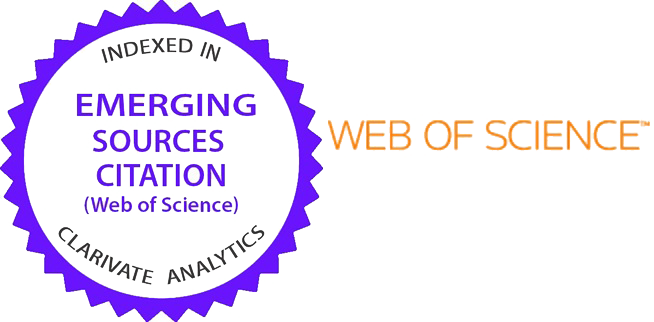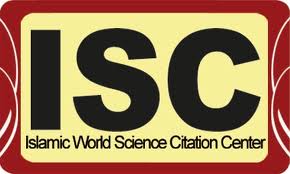Editorial
DOI:
https://doi.org/10.31436/iiumej.v26i2.3726Keywords:
EditorialAbstract
The IIUM Engineering Journal Vol. 26 No. 2 continues its mission of advancing scholarly excellence by featuring 22 high-quality papers that span a wide spectrum of engineering disciplines. This issue brings together cutting-edge research showcasing the dynamic and multidisciplinary nature of engineering in addressing real-world problems.
Researchers explore sustainable and biologically driven innovations in the realm of Chemical and Biotechnology Engineering. Notably, identifying Rhizopus sp. fungi as an alternative lactic acid source and the ozonation of vegetable oils underscore efforts toward environmentally friendly biochemical processes. Civil and Environmental Engineering contributions highlight using natural materials for infrastructure, focusing on the feasibility of treated natural bitumen as a replacement for petroleum-based asphalt—an approach aligned with sustainable construction practices.
The most significant representation comes from Electrical, Computer, and Communications Engineering, where numerous works delve into AI, signal processing, secure communications, and sensor networks. From deep learning-based anomaly detection and vision transformer analysis for driver fatigue, to latency evaluations of LEO and GEO networks under tropical conditions, these studies reflect the growing importance of digital intelligence and communication resilience. Contributions on flexible antenna designs, mobile applications for dyslexic learners, and modified grey relational analysis further showcase how electronics and AI are increasingly embedded in daily societal functions.
In Materials and Manufacturing Engineering, the research on MSW-derived biochar for iron production and voltage-induced void formation in boiler tubes exemplifies innovation in resource utilization and reliability of industrial systems. Additionally, enhancing photocatalytic materials for water treatment presents promising strides in environmental engineering. Mechatronics and Automation Engineering advances are evident in developing regenerative braking systems for electric motorcycles and smart IoT-based solutions for e-bike sharing systems, both addressing urban mobility and energy efficiency. Finally, contributions in Engineering Mathematics and Applied Science provide theoretical underpinnings crucial for innovation, such as the study on the elliptic drum of vertical spindle cotton pickers, demonstrating the importance of mathematical modeling in optimizing mechanical design.
This issue affirms the journal’s commitment to featuring impactful, interdisciplinary research that bridges theory and application. The editorial team extends sincere appreciation to all contributing authors, dedicated reviewers, and section editors whose efforts ensure the continued quality and relevance of the IIUM Engineering Journal.
We hope this collection will inspire further research, inform policy and industrial practices, and foster collaborations across academia and industry to pursue sustainable and inclusive technological development..
We extend our gratitude to the authors, reviewers, and editorial board for their unwavering commitment to excellence. Your contributions ensure this journal thrives as a beacon of scholarly inquiry and practical impact. Let us embrace these breakthroughs as stepping stones to a brighter, more sustainable future.
Prof. Ir. Ts. Dr. Teddy Surya Gunawan
Executive Editor
IIUM Engineering Journal

ISSN: 1511-788X E-ISSN: 2289-7860
Published by:
IIUM Press,
International Islamic University Malaysia
Jalan Gombak, 53100 Kuala Lumpur, Malaysia
Phone (+603) 6421-5014, Fax: (+603) 6421-6298
Downloads
Metrics
References
Downloads
Published
How to Cite
Issue
Section
License
Copyright (c) 2025 IIUM Press

This work is licensed under a Creative Commons Attribution-NonCommercial 4.0 International License.






















